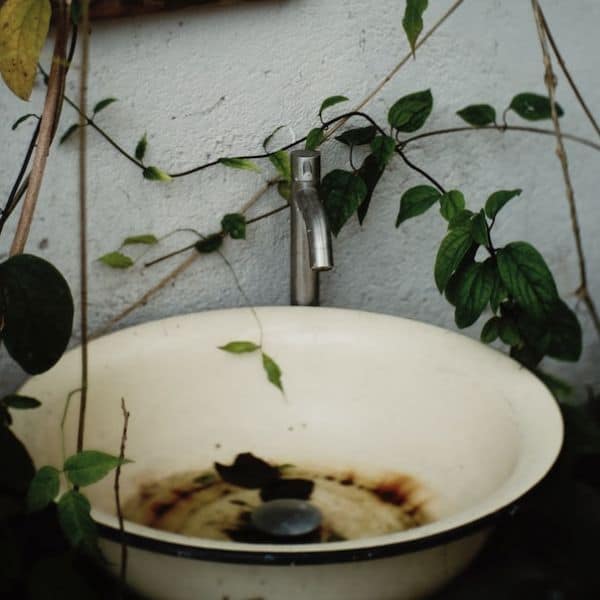How Does Iron Enter Into Your Well Water?
Ferric iron and ferrous iron are the two forms of iron found in water. Ferric iron is more soluble and hence more readily absorbed into the body, while ferrous iron is less soluble and considered safe to drink. Soluble ferric iron is also more problematic as it corrodes pipes and causes discoloration of household utensils.
Iron is an essential mineral for human health. However, when the iron concentration exceeds the recommended levels, it can cause several problems. The most noticeable sign of high iron content is reddish-brown stains on fixtures such as sinks, toilets, and showers. But how does iron enter your well water? Here’s what you need to know:
Water Runoff
Water runoff occurs when rainwater flows over the ground surface and into rivers, lakes, or other bodies of water. As it flows, it picks up various contaminants from the surrounding environment, such as fertilizers, pesticides, oil spills, and sediment. If you have a well close to an area prone to flooding or heavy rains, chances are high that iron-rich runoff water will seep into your well, causing high levels of iron content in your drinking water.
Corrosion of Iron Pipes
Iron pipes are commonly used in well systems for water supplies because they are affordable and durable. Unfortunately, these pipes rust over time due to exposure to air and water, releasing iron particles into your drinking water supply. The rusted particles are small enough to pass through filters, making removing them from your water system challenging.
The amount of dissolved ferrous iron in your well water depends on various factors such as the age of the pipes, pH level, and oxygen levels present in the groundwater source.
To combat this issue, homeowners may need to get an iron filter that can filter out their well water. Here is a list of some of the best iron filters that you can check out.
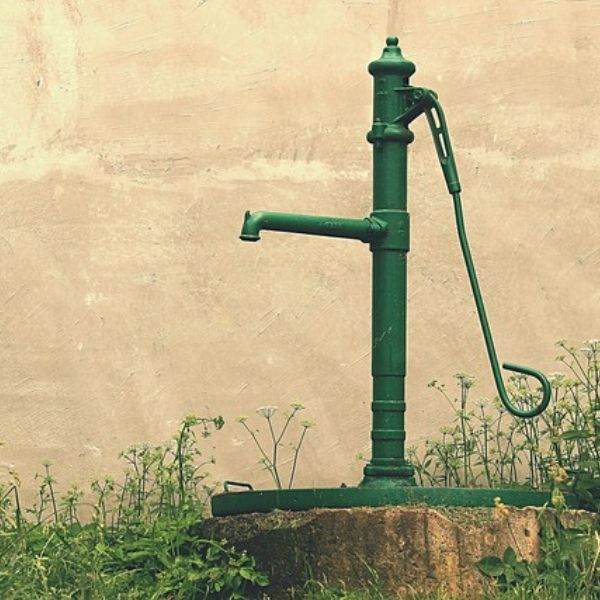
The Acceptable Level of Iron in Well Water
While iron itself isn’t harmful to human health, high levels in well water can cause many problems. Excessive iron can stain clothing and fixtures, giving them an unsightly reddish-brown hue.
But how much iron is acceptable in well water? The acceptable level of iron in well water varies depending on several factors. The primary factor is how the water will be used. According to Environmental Protection Agency (EPA), if the water is used for drinking or cooking, the recommended maximum iron level is 0.3 milligrams per liter (mg/L). However, higher levels may be acceptable if the water is only used for irrigation or other non-potable purposes.
Signs of High Iron Content in Well Water
Discoloration
If you rely on well water for your household needs, it’s important to be aware of any changes in its color or taste. Discoloration is common due to elevated iron levels in the water supply. Discoloration can cause various colors, from orange to brown to yellow. If you notice a change in your well water color or taste, it s a good idea to have the water tested for iron levels. The presence of iron in well water can affect its smell as well.
Metallic taste
If your water gives off a metallic taste, it may indicate high iron content in your well water. This is common and can occur naturally in many parts of the country. Although iron is an essential nutrient for our body, it can cause unpleasant side effects when present in high amounts in our drinking water.
Iron-rich well water can give off a rusty or metallic taste that many homeowners find unpleasant. It can also stain laundry, sinks, and tubs with reddish-brown coloration that is difficult to remove. Additionally, excessive iron content may lead to the formation of bacterial colonies that thrive on metal surfaces.
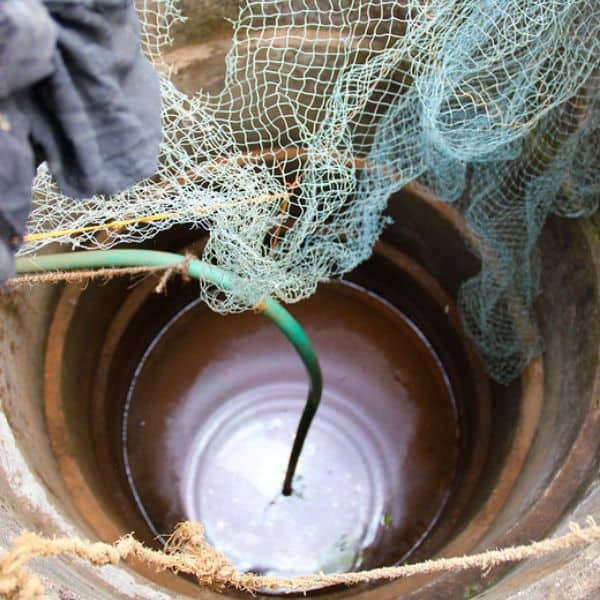
Clogged plumbing
High iron content in well water is a common cause of clogged plumbing. When the water contains excessive amounts of iron, it can lead to rust and scale buildup inside pipes, fixtures, and appliances. Over time, these deposits accumulate and narrow the diameter of the pipe causing slow flow or blockage.
Brown stains on laundry, dishes, and plumbing
If you live in an area with well water, you may have noticed brown stains on your laundry, dishes, and plumbing fixtures. High iron levels in your water often cause these unsightly stains.
When iron-rich well water comes into contact with oxygen, it creates rust-colored particles that stain surfaces and textiles. The higher the concentration of iron in your water supply, the more noticeable these iron stains become. In addition to staining clothing and household items like toilets and sinks, high iron levels can lead to clogged pipes and damage to appliances like dishwashers and washing machines.
To combat these issues, homeowners may consider installing an iron water filter system to remove excess iron from their well water supply. These iron filters are very reliable and work efficiently to remove high levels of iron from the water. The lifespan of iron filter depends on the quality of your water.
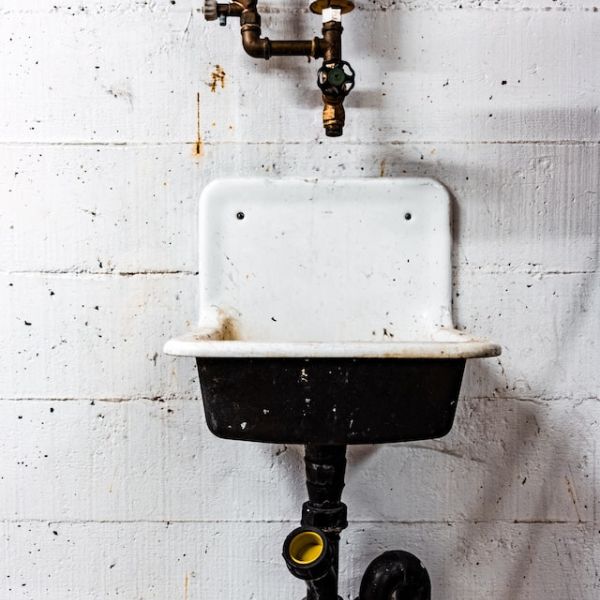
How to Test Your Well Water for Iron?
Here are some methods to test your well water for iron.
Home Water Test Kit
A home water test kit works to help homeowners identify various contaminants in their well water, including iron. The testing process involves collecting a sample of your well water and following the instructions provided by the kit manufacturer. Most home test kits come with strips or tablets that change color when exposed to different elements in the water, indicating whether there are high iron levels.
Certified Laboratory Testing
Certified laboratory testing involves sending a sample of your well water to a professional laboratory where it is analyzed using advanced equipment and techniques. The result of this analysis will provide you with accurate information about the level of iron contamination in your well water. This iron test will help you make informed decisions about the appropriate treatment methods.
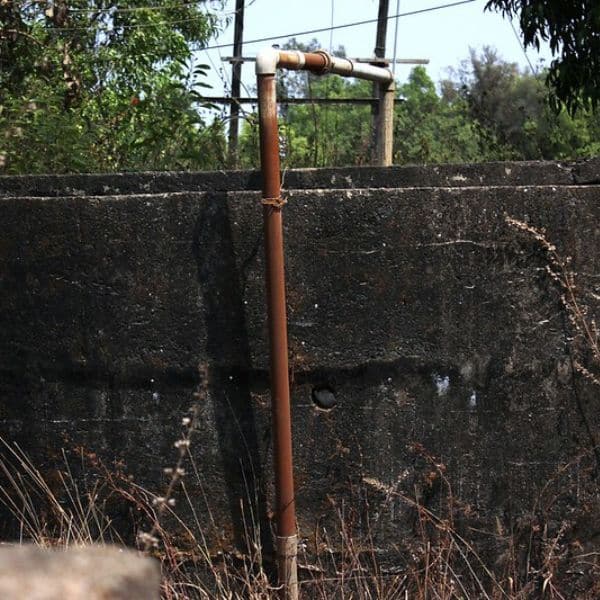
How to Reduce Iron in Your Well Water?
Fortunately, there are several methods that homeowners can use to reduce the amount of dissolved iron in their well water.
- One solution is the use of an iron filter. This device works by filtering out iron particles from the water before they enter your home’s plumbing system.
- Another option is a water softener which uses an ion exchange process to remove minerals, including iron, from the water supply.
- Reverse osmosis filtration systems also effectively remove iron and other contaminants, such as bacteria and sediment.
It’s important to note that testing your well water for iron levels is essential before choosing a reduction method.
Conclusion
High iron concentrations in water can be a health concern. It can also clog your plumbing system and cause rust stains on your fixtures, clothing, and sinks. Iron removal systems are a great way to reduce the amount of iron in your water supply.
You can test your well water for iron either through different types of test kits or through a laboratory. It is important to know what type of test kit you need based on the results that you want to get. Testing the iron content in water at home can provide insight into an unseen problem and help keep your family safe.
